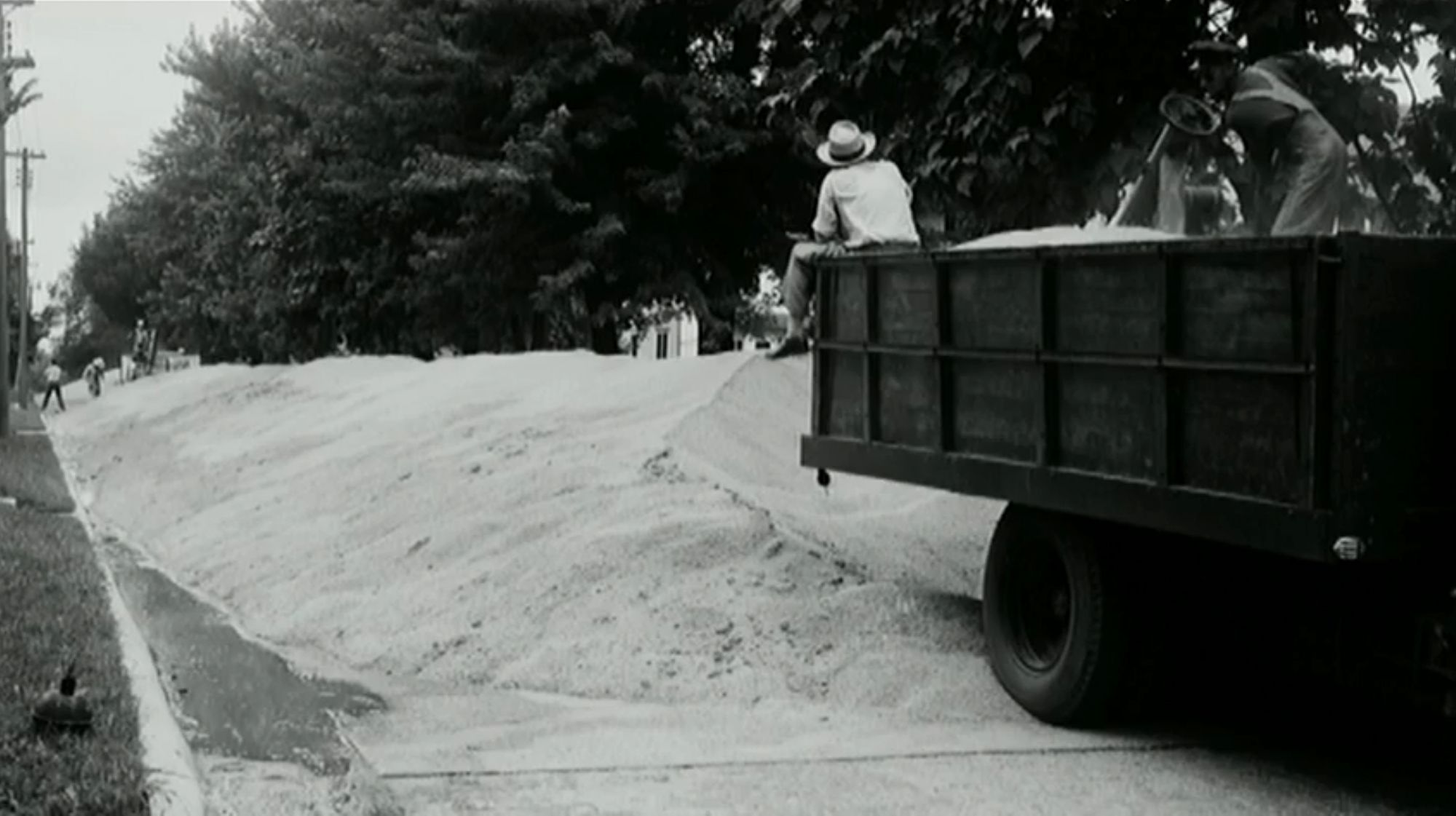The MLM Project Log 3: Zombie Capitalism
Posted by <Jak Ritger> on 2021-03-18
Part of a series on The MLM Project
After kicking off the project and sharing draft writing into the discord, I received this response from a new member of the Do Not Research community:

This account of the deterioration of relationships wrought by MLMs is incredibly moving. This quality of MLMs echoes Mark Fisher’s description of capital in the introduction to Capitalist Realism: Is There No Alternative?
“Capital is an abstract parasite, an insatiable vampire and zombiemaker; but the living flesh it converts into dead labor is ours, and the zombies it makes are us.”
In both instances, the logics of capital have overrun human scale sensibility and given way to inhuman drives. The transformation of social relationships into a zombified version is made physical in the collections of unsold products: after the MLM participant has exhausted their leads, they resort to purchasing the mandatory monthly product sales quota themselves. In the MLM world, someone who does this is “Garage Qualified.” These garages filled with unsold stockpiles are how MLMs continue to extract beyond the limits of a market saturation. In this way, perhaps MLMs can be thought of as an expression of a zombie form of capital logic: no longer a preference for exchange value over use value, or even sign value over exchange, simply accumulation for accumulation’s sake. Whether in a boom or bust part of the cycle, the zombie capital form lurches forward, insatiable.
We see this throughout American history. In one example, leading up to the Dust Bowl in 1939, over-farming fueled by a bubbling stock market created massive surpluses of wheat known as “The Great Plow Up.” The piles of unused product were both driven by capital logic and also caused wheat market-prices to collapse. The terrible logic of a marketized agriculture production was this: if the market is good then you should grow more in order to cash in, if the market was bad then you need to grow more in order to make back your losses. Pushing production past the limit of market saturation, is analogous to the garages of unsold vitamin shakes. This is zombie capital: a post-human desire for more, a post-logic driving further extraction past the point of exhaustion. In the Dust Bowl the result was a removal of tethering grasses leading to a massive ecological catastrophe; With MLMs the result is isolation and the exhaustion of relationships.

"The Great Plow Up” 1930s — Photo from National Archive, fr The Dust Bowl ep. 1 - Ken
Burns. PBS.
A contemporary example of the zombie capital form is the Human Futures market. After the growth of the massive internet advertising duopoly: Google and Facebook, a new market was formed around paid promotion on the platforms. This market trades in the behavioral patterns of users. The companies promote an ability to steer behaviors towards desired outcomes: buying a product or signing up for a service. A secret auction takes place to sell “Human Futures” the same way Wall Street developed a market for future stock prices. Similar to murky maneuvers of hedge fund managers, the Human Futures Market is a para-institution, hidden away from public view or democratic accountability. And while it is unclear if the platforms can actually perform the behavior rendition that they promote, the effects of the Human Futures Market are felt throughout the population. Rather than the physical piles of wheat before the Dust Bowl, or the garage full of Herbalife, the zombie capital of the Human Futures Market manifests as the brutal anxiety & peer pressure of our mediated virtual sociality.